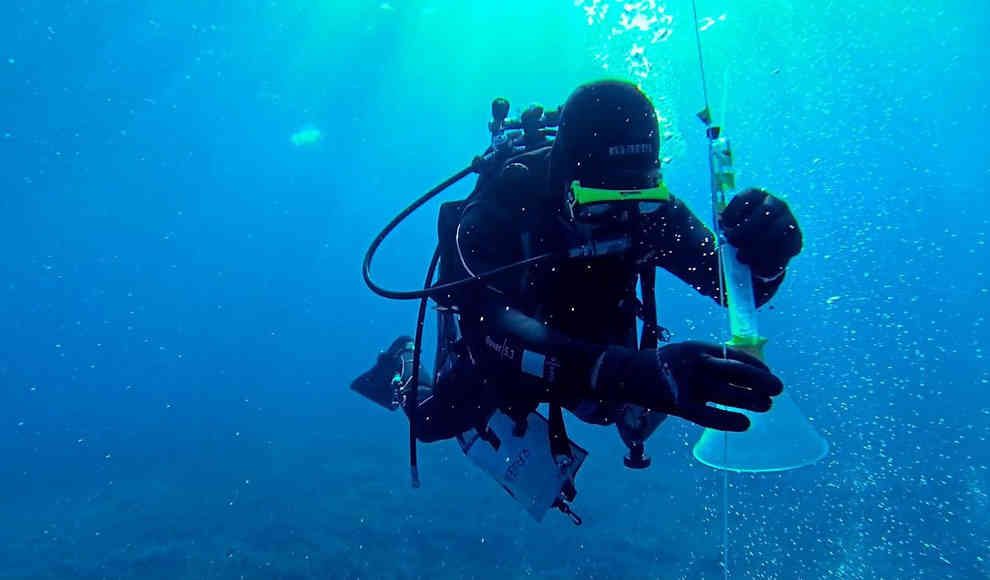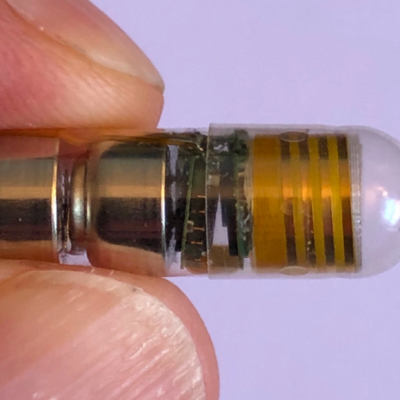A new computer model has been developed to calculate the impact of potential CO2 leaks on the ocean ecosystem. The model aims to help identify suitable storage locations and ensure their monitoring in the future. CO2 emissions are widely recognized as one of the biggest factors in accelerating climate change. Despite warnings from scientists and global efforts to reduce emissions, CO2 levels continue to rise, reaching a new record of 415.26 ppm. As a result, there is increasing interest in using CCS technologies to filter CO2 from the atmosphere and store it, for example, in submarine deposits. However, critics fear that leaks could release large amounts of CO2, endangering the surrounding marine ecosystem.
Researchers at the GEOMAR Helmholtz Centre for Ocean Research in Kiel have developed a computer model that can predict the effects of submarine CO2 leaks. The model was tested by taking water and gas samples off the coast of Panarea, where around 200 natural CO2 seeps occur in the sea. The results showed that the values measured in nature and those calculated by the computer model, which reflect how CO2 leaks affect the pH level, almost exactly match. The study also found that 79% of the released CO2 is already dissolved in the water four meters away from the seabed. The researchers believe that their model can be used as a tool to plan new storage locations and subsequently monitor them.
The problem with detecting leaks is the size of these deposits, which can cover several hundred square meters. The computer model developed by the researchers can predict the consequences of CO2 emissions on the local marine environment. This model can be used to identify suitable storage locations and monitor them in the future. The study highlights the importance of CCS technologies in reducing CO2 emissions and the need to ensure their safety for the environment.










